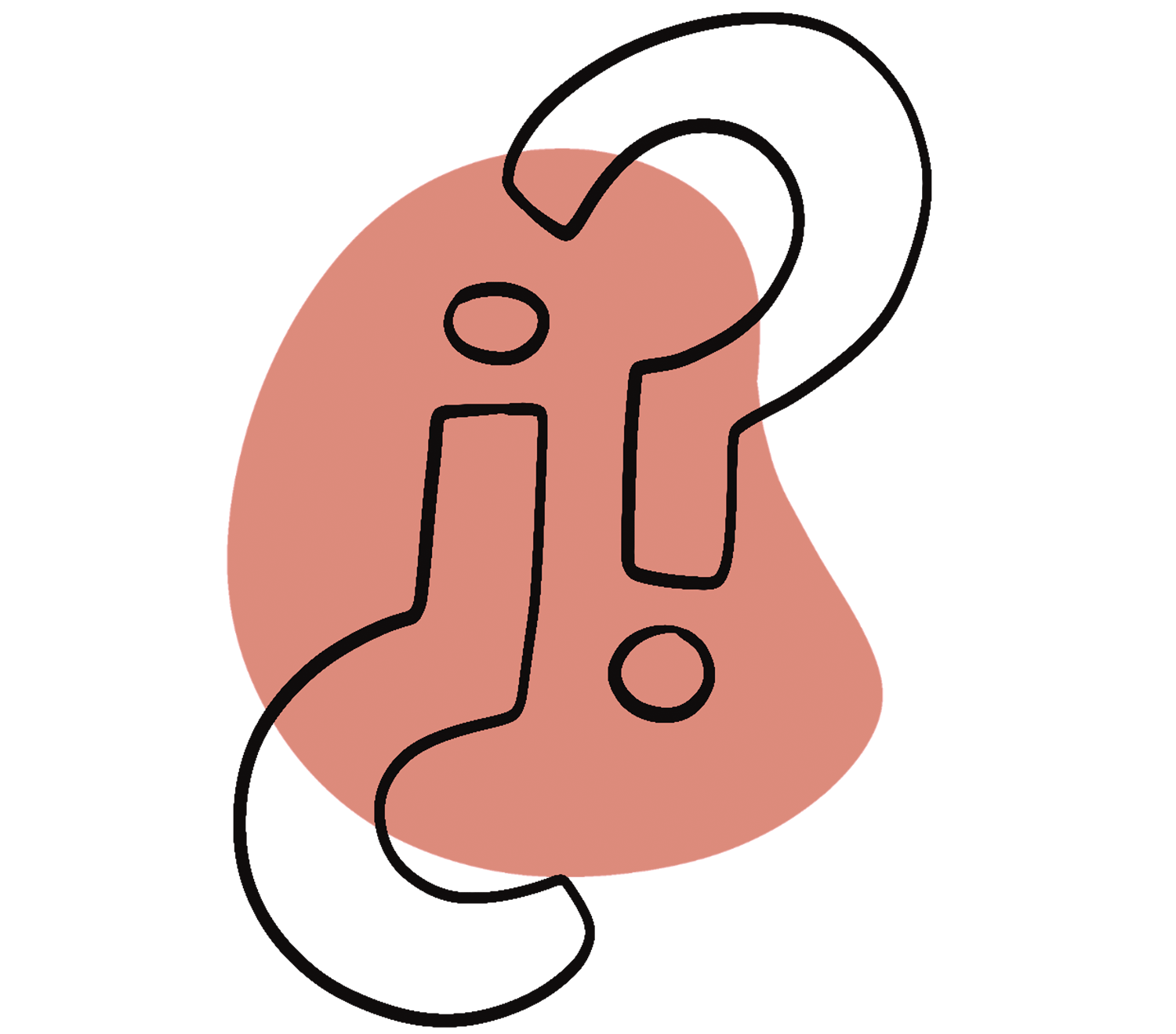What must necessarily be included in an academic paper are your well-founded, logically comprehensible conclusions based on what you have worked out, read, researched, investigated, thought about, and presented in the paper.
This creates something new even in a student paper – something that makes it worth reading. You ask questions, compare, evaluate, make critical remarks, discover contradictions, notice that something has not been addressed, that the entire literature supports one position or several different ones, that certain positions are mutually exclusive, that models, theories, and concepts seem applicable – or not, and so on.
Even processing a topic, creating a coherent structure, and answering a research question are independent achievements.
A well-founded positioning on your part does not belong only at the end of a paper, but wherever it fits. These can be small remarks, e.g. as a footnote, or more significant conclusions – for example, when you conclude that the method examined appears only partially applicable to the chosen field. Or when your survey has limited representativeness, but still provides impulses for further research.
At what point am I allowed to include my own opinion in my paper?
Well-founded statements on your part do not only belong at the end of your paper, but wherever they fit. More significant conclusions are usually included in the conclusion. However, gut feelings that are not proven by your work should not be mentioned.
Why can’t I include my gut feeling?
In academic work, your gut feeling is not the same as your own opinion. Your own opinions should be logically reasoned conclusions that can be traced back to your elaborated text. However, your gut feeling can be a good starting point for initiating your own research projects.
This article was published in August 2025 and last updated in February 2025.





